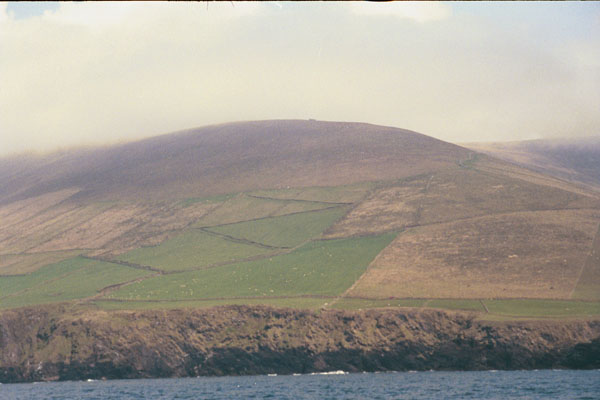By the early nineteenth century the potato became a staple food in the diet of many in Ireland, popular among both farmers and the lower class. When potato blight struck in 1845 the disease destroyed many potato crops throughout the country and the Great Famine of Ireland lasted through the following few years. The Great Famine had a lasting impact on the population of Ireland with many fleeing the country to escape the famine and many others slowing succumbing to disease and starvation. According to the Irish Famine Project website nearly all parishes in Ireland saw a reduction in population numbers by 1851 (compared to 1841), some losing more than a thousand members equating to ten to twenty percent of the parish’s population (https://www.irishfamineproject.com/data.html). The famine likely had a stronger impact on lower class citizens than upper class citizens as the proportion of men and women who could read increased during the ten year span between 1841 and 1851.
While wealthier Irish citizens were able to flee the country to escape or in a better position to outlast the famine, many lower class citizens we unable to escape and had to face the famine head on. Prior to the Great Famine the Irish Parliament had passed a piece of legislation in 1838, the Irish Poor Law Act, to serve as a relief system for the poor. Under the Poor Law many were forced into labor in exchange for food during the Great Famine (http://ireland.wlu.edu/lecture/famine_roads.htm). One of the laborious tasks they were required to work on became known as famine roads, hillside roads that criss-cross throughout the landscape of Western Ireland before coming to an abrupt stop. The famine roads have remained over the past 170 years and serve as a ghastly reminder about the impact of the Great Famine.
After the Great Famine Ireland saw many industrialized improvements and a growing nationalist voice that cried for independence from the British Empire. Shortly after the Great Famine, railroads were built and provided an industrialized mode of transportation that could easily connect all regions of the country (Kilfeather 141). According to Kilfeather Many of the top Irish entrepreneurs of the nineteenth century were railway men and they brought manufacturing and engineering projects to the city of Dublin to advance its development. During this time Ireland also saw an increasing amount of nationalists who wanted independence from the British Empire. In 1900 Queen Victoria made her final visit to Dublin and while the city held a ceremony for her arrival, many nationalists planned protests and counter-demonstrations that drew resistance from the police. A significant nationalist event that occurred was the Easter Rising on April 24th, 1916. During this event, nationalists planned to overtake key buildings in Dublin and hold them under siege from the British while releasing a proclamation against the British Empire to be signed by thousands. While this uprising event was eventually quelled by British forces, it would only be a few more years before Ireland gained independence.

